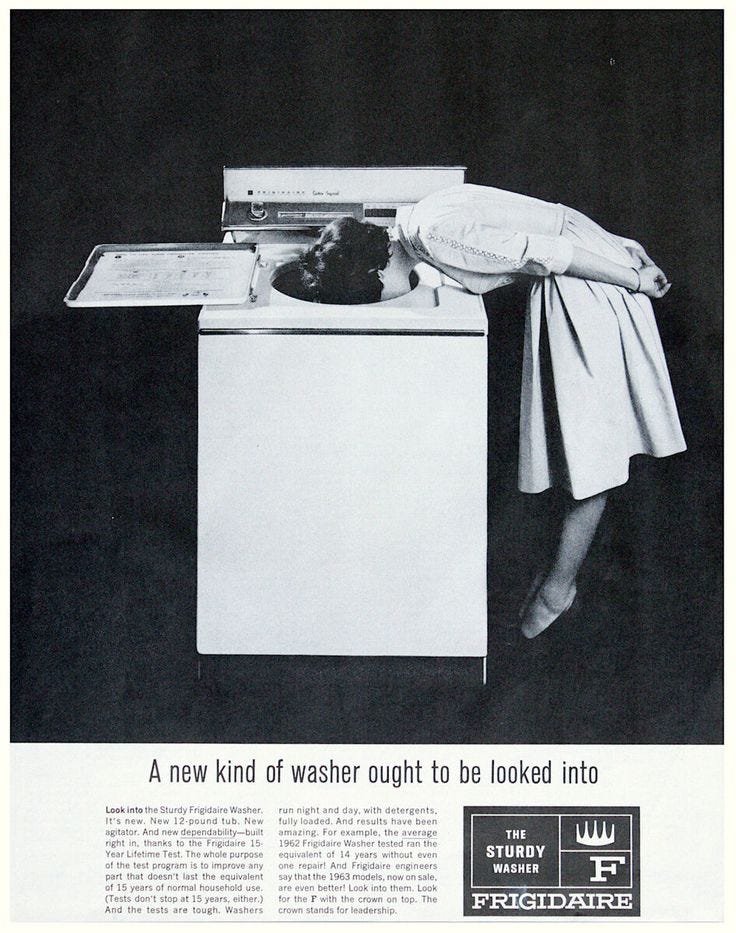It’s a familiar dreaded moment. You’re standing in front of your washing machine, holding a wet but treasured garment in your hands. Your heart sinks. It’s ruined. What was once a red and white polka dot skirt is now a splotchy pink disaster. Or maybe the darling rick rack on that 70’s blouse has sent a wave of fading blue down every hem. It’s happened to the best of us, but it doesn’t mean your precious piece is a lost cause.
With the combination of know-how, products, and techniques, even the most dire situations can be saved. Or, even better, you can learn how to prevent them in the first place.
Before You Wash
Inspect your pieces before they get anywhere near water. You should be looking for rich, saturated colors, particularly those that are adjacent to lighter colors. This can also mean multiple shades of the same color, like navy next to turquoise. Color can be found in the print in the weave of a fabric, throughout a knit made of multiple colors of yarn, or from trims. Anything that is made of dyed fiber can release color, so don’t forget to consider piping, zipper tape, thread, fabric-covered buttons, you get the idea.
You’re much more likely to experience color bleed with natural fibers than synthetics, though keep in mind that some garments include a mix of both. Synthetics are typically quite colorfast, one of a small handful of redeeming qualities of wearable plastics like polyester and acrylic. Keep a watchful eye on silk, cotton, wool, and linen. My personal top color-bleed culprits include multi-colored knits, dark wash denim, and printed silk scarves.
When dyes aren’t properly fixed, the color will continue to loosen every time the fabric is washed. That means clothing that has never or rarely been washed wet is more likely to shed dye. Pay special attention to brand new garments, deadstock pieces, and clothing that is labeled “dry clean only.” Though it can happen with pretty much any shade of dye, two of the bleed-iest colors are red and blue. Chances are you’ve probably experienced the unique displeasure of getting rained on in new dark wash jeans, or accidentally turning all of your white tees pink.
It’s Laundry Time!
Now that you’ve properly assessed your risk factors, you’re ready to take the plunge.
What You’ll Need…
Keep reading with a 7-day free trial
Subscribe to 1-800-VINTAGE to keep reading this post and get 7 days of free access to the full post archives.







